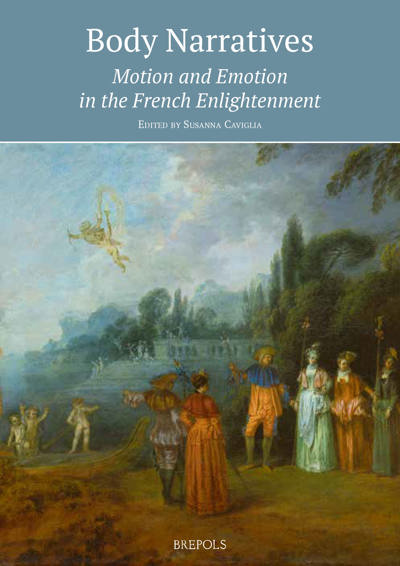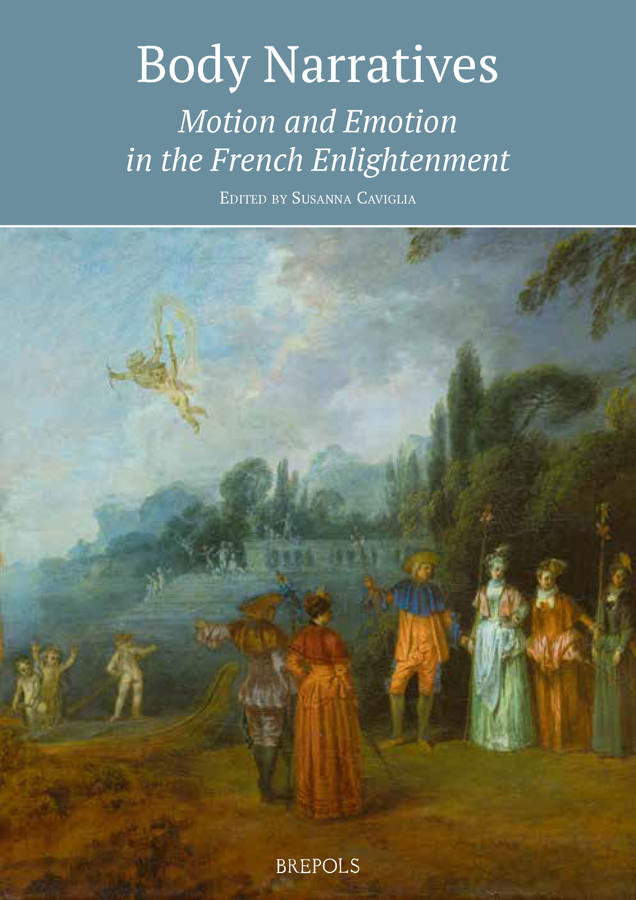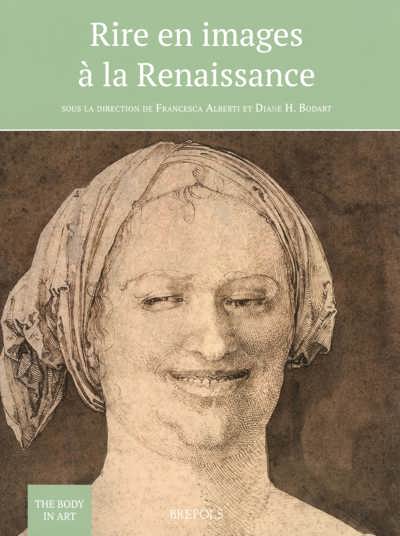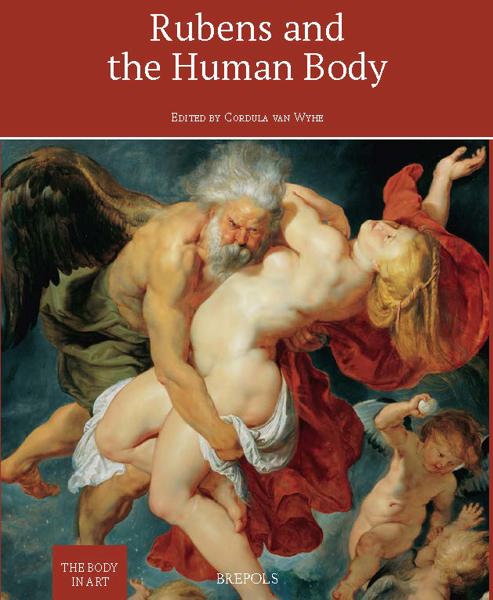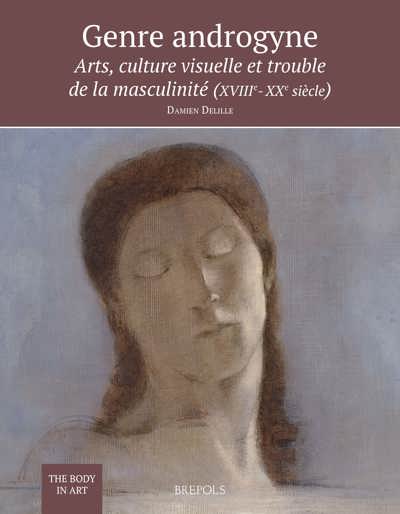
Body Narratives. Motion and Emotion in the French Enlightenment
Susanna Caviglia (ed)
- Pages: 291 p.
- Size:216 x 280 mm
- Illustrations:71 b/w, 34 col.
- Language(s):English
- Publication Year:2017
- € 110,00 EXCL. VAT RETAIL PRICE
- ISBN: 978-2-503-57474-5
- Paperback
- Available
This book is the first art historical interrogation of the body as an object and discursive ensemble that questions the power and limits of visual representation.
“Der vorliegende Tagungsband bietet u. a. dank seiner originellen Untersuchungsgegenstände, deren Verschiedenartigkeit und ausgefallene Perspektivierung einen wertvollen Beitrag zur Aufklärungsforschung und der Körpergeschichte interessante Ansatzpunkte, neu über die Praxis und Bedeutung von dargestellten und darstellbaren Bewegungen nachzudenken.” (Monett Reißig, in Francia-Recensio, 2, 2018)
This book explores, in broad terms, the representations and understandings of the body's physical and psychological movement's meanings during the French Enlightenment in its many guises --artistic, esthetic, social, and erotic. It is centered on the fundamental tension between stasis and movement, which is both constitutive of art historical reflection and embedded in the body's existence. Stasis and movement not only correspond to the potential modalities of the body’s visual representations, but they are also the conditions which govern the relationship between the viewer and the artwork as well as that between the viewers and the spaces in which they encounter the represented body. Based on this dialectic, the present book proposes a dynamic approach of the body considered as a focus of composition, an object of interrogation and a site of meaning during a time when the body became the focus of an increasing number of artistic, technical, scientific and philosophical inquiries directly connected to larger historical forces and discourses. During this time, the body’s stasis and movement became the vehicles for recording cultural and social transformations, but also the producers of new meanings inherent to the body itself and unveiled by the development of the new scientific and philosophical approaches of it.
Introduction
by Susanna Caviglia, University of Chicago
PART I
BODY LANGUAGE: NARRATIVE STASIS
The Body Speaks: Anatomical Narratives in French Enlightenment Sculptures
by Dorothy Johnson, University of Iowa
Anti-Pygmalion: Jean-Baptiste Restout’s Diogenes and materiality as truth
by Étienne Jollet, Université Paris 1 Panthéon-Sorbonne
PART II
THE MOBILE BODY: SOCIAL IDENTITY AND VISUAL DYNAMICS
Engaging Tapestries at the Hôtel de Soubise: Attention, Mobility, Intercorporeality
by Mimi Hellman, Skidmore College
Watching Her Step: Women and the Art of Walking after Marie-Antoinette
by Melissa Hyde, University of Florida
PART III
BODY TEMPORALITY: AESTHETICS OF WALKING
Movement and Stasis: Mapping Cythera
by Mary Sheriff, University of North Carolina at Chapel Hill
Strolling Time
by Ewa Lajer-Burcharth, Harvard University
